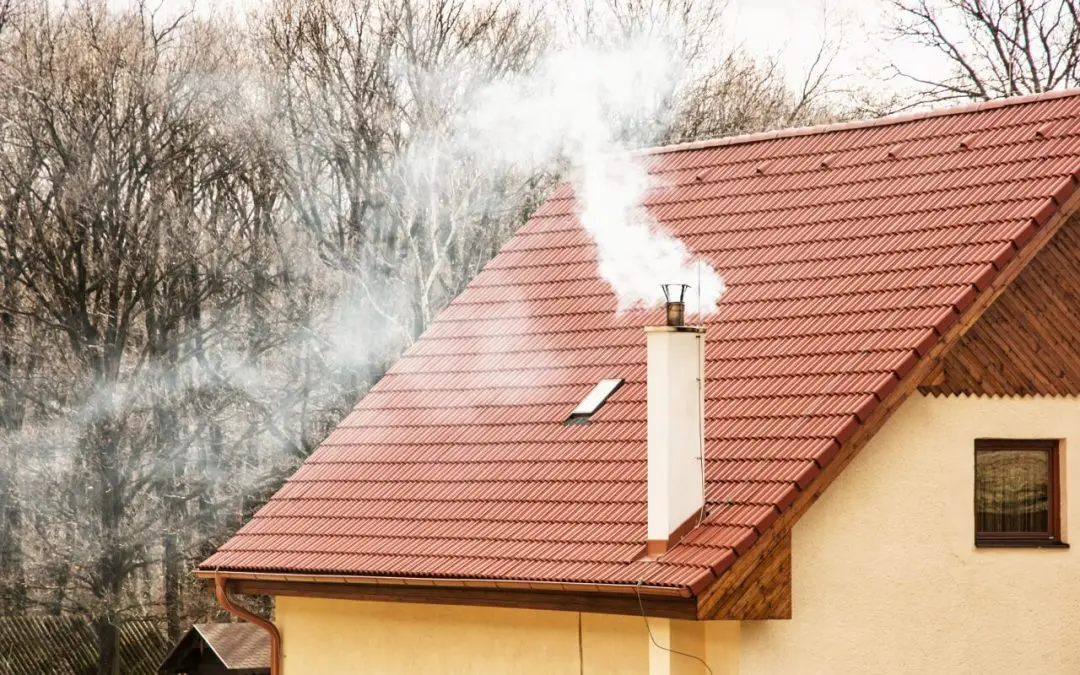Caps Help Prevent Chimney Fires
Common fuel sources for chimney fires are debris like leaves, branches, and pine needles that blow in from the landscape. Debris can get lodged in the creosote until a wayward spark sets it on fire. The obstruction could even be a bird’s nest, built by a summer visitor. Whatever the case, keep debris from entering your chimney by covering the top with a chimney cap.
Regular Cleaning is Essential to Prevent Chimney Fires
Creosote is a thick, tarry material that is deposited on the walls of the flue by rising smoke. Over time, the layer becomes thick enough to support combustion, causing a fire. This source of fuel must be removed to prevent chimney fires.
Yearly cleaning by a qualified chimney cleaning service will keep the creosote from building up and becoming dangerous. The chimney sweep may also identify other risk factors for chimney fires or water leaks. An annual inspection should be part of your overall fireplace maintenance program.
Firewood Type Matters
Creosote is produced more readily by certain types of wood. Softer woods like pine deposit more creosote than hardwoods like oaks. The creosote bubbles out of the heated wood and rises as small particles mixed with the smoke. It then cools, collecting on the walls of the flue.
Burning only seasoned hardwood in your fireplace helps prevent chimney fires by reducing the amount of creosote buildip. Regardless of the species of wood you use, you should only burn firewood that has been seasoned outdoors for at least a year.
Hotter is Better
The science of chimney fires can be confusing. If creosote burns in the chimney, many people wonder, why doesn’t it burn with the wood? The answer is in combustion temperatures. Creosote will burn when it gets hot enough, so it will burn with the wood if the fire is maintained at an adequate temperature.
Smoldering, cooler fires, like those left burning overnight, produce creosote much more readily. When the chimney temperature gets hotter, it reaches the combustion temperature of the creosote and can cause a fire. The best solution is to have either a hot fire or no fire at all.
Outlook Home Inspections offers home inspections in Shelby and the Greater Charlotte area. Contact us to request an appointment.

